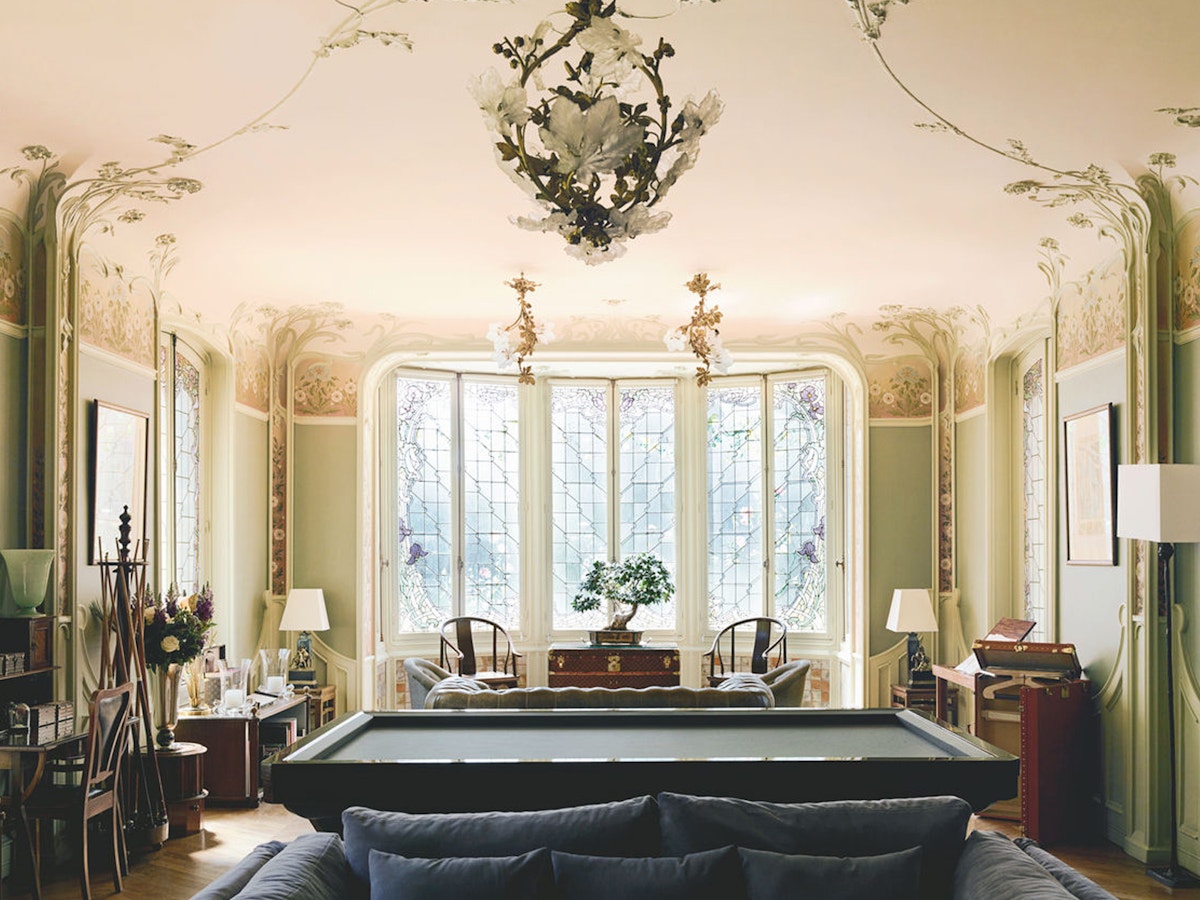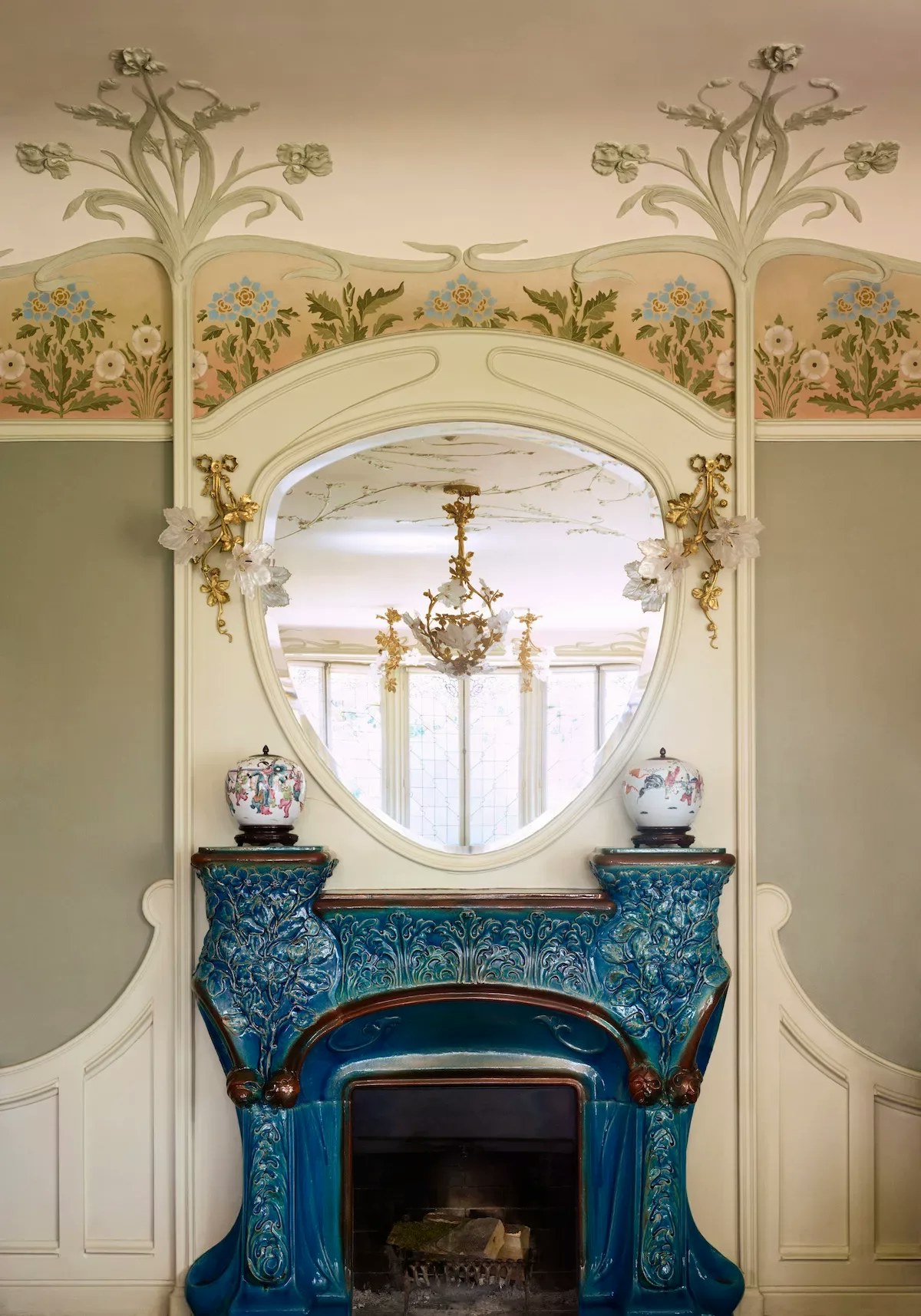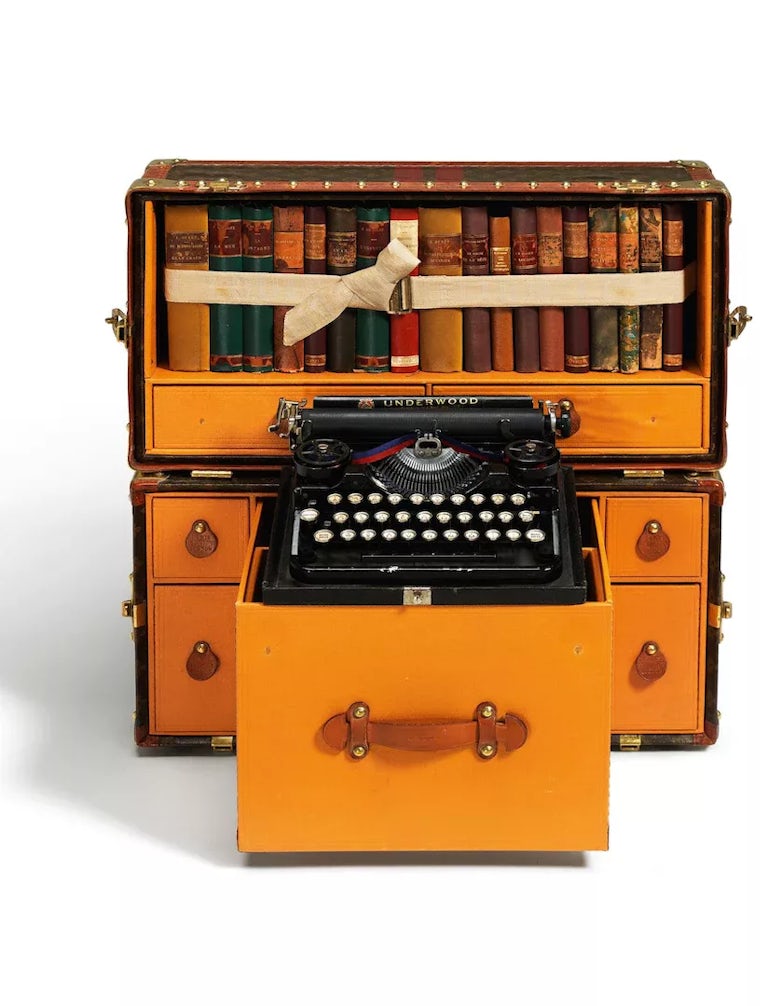The Louis Vuitton Trunk
We all know Louis Vuitton as the luxury fashion brand with its iconic “LV” monogram, but few know that the brand was started by one man, making only trunks (or “malle” in French).
Louis Vuitton worked for 17 years as a trunk maker before deciding to open his own business in 1854 in Paris, Rue Neuve des Capucines, just off the famous Place Vendôme.
Securing his success, Vuitton entered the market with a product that differentiated itself from what was available from other malletier at the time. Most trunks would have a curved lid to shed water off the top when transported. With the fast evolution of transportation, Vuitton knew that something could be done to the typical trunk to make it more practical and functional. His idea was to create a waterproof coated canvas with a flat top lid. Ultimately, that new rectangular shape would be better for stacking trunks when traveling on trains, ships, and soon, automobiles. Within only a few years, the brand became noticed by the Parisian elite and, as customers travel throughout Europe or abroad, it became a must-have luxury travel item. Louis became so in demand that Empress Eugenie (Napoleon III’s wife) hired him as her personal box maker and packer.
By 1859, his designs became so popular among the elite that he opened his first atelier outside of Paris in Asnières. This location was to become, not only the trunk making atelier of the brand, but also of Louis Vuitton’s Art Nouveau styled family home.


Louis Vuitton Spring Summer 2014 Campaign

Vuitton Family House

LV trunk making
In 1888, the brand first released one of their now iconic brown checkered patterns followed a few years after by their famous “LV” monogram in 1896 which set Vuitton apart from people trying to imitate his trunks. In the early 20th century, the brand was growing and started to add new bag designs to their collection. Those signature styles, Keepall (1930), Speedy (1932), Noé (1932), Alma (1934), are still iconic bags to this day.
Each trunk is still assembled by hand and can take up to six months to be produced depending on the size and intricacy of the design. In today’s production, poplar wood is used as the frame structure which is then covered with canvas or leather. The edges and corners are finished with reinforced leather to absorb shocks and are then hammered to the hard surface using thousands of small nails.

Artisans in workshop - Anieres 1888

Advertisement Louis Vuitton - July 1898

Louis Vuitton Petite - Malle Fall Winter 2014. Inspired by Albert Kahn trunk
The Asnières workshop is still the main atelier for producing the trunks as well as all custom orders. Louis Vuitton trunks have been known to be specially designed to transport clothing items, beauty products, sports equipment, cigars, silverware and more. Over the years, the brand has created countless special orders ranging from a library trunk for Ernest Hemingway in 1927, a trunk bed for explorer Pierre Savorgnan de Brazza in 1879, or more recently, a trophy trunk to carry the 2014 World Cup. The custom department can take great pride in being able to create a trunk that could transport just about anything, making their client’s imagination the limit.
Today the trunk has been reimagined by the brand many times, and recently Nicolas Ghesquière took inspiration from a trunk created in 1911 for American traveler and photographer Albert Kahn, to create the “petite malle” bag. A lot of artists and designers collaborate with the brand to create limited editions and modern takes on the iconic LV trunk.

Trunk bed - Explorer Pierre Savorgnan de Brazza

The library trunk - Ernest Hemingway